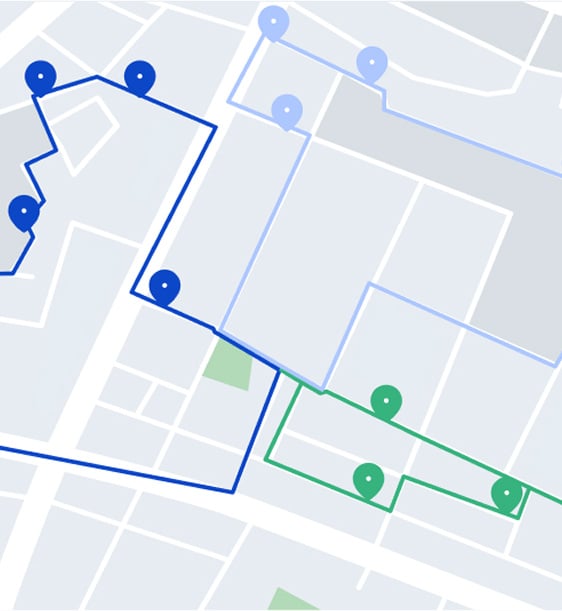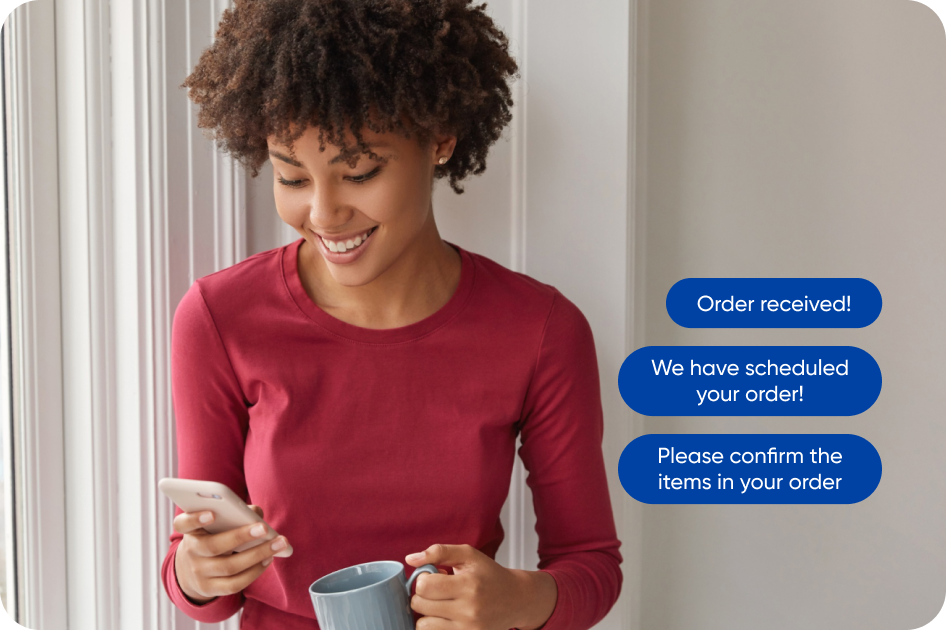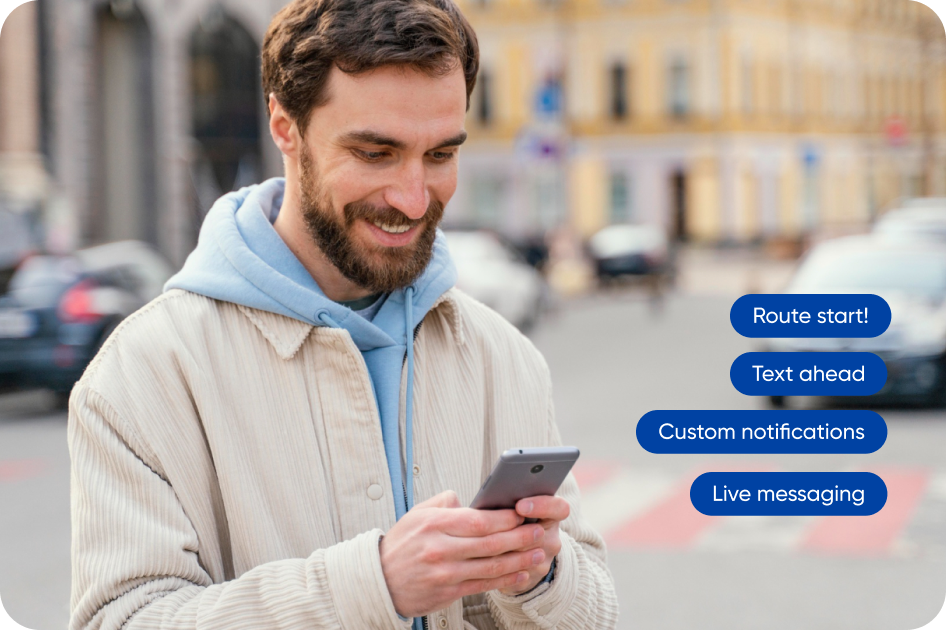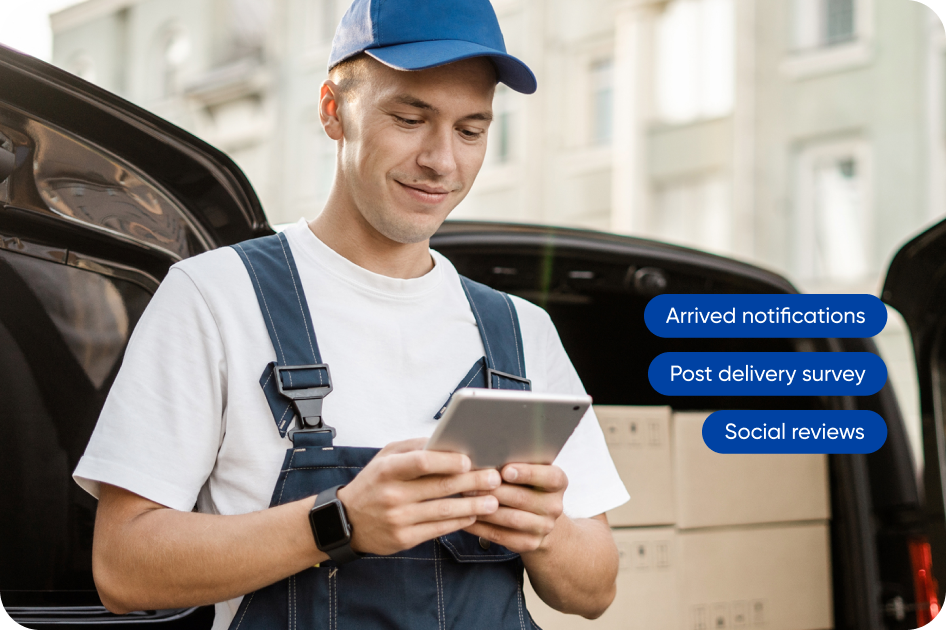Delivery Experiences Done Right
Accurate communication from dock to door makes your service more transparent, building trust in customers and your delivery team members. When customers know the details — the delivery window, when the goods leave the warehouse, where they are on their route — they’re more comfortable and feel like they have more control. Especially for items that are big, bulky and time sensitive, accurate delivery updates can mean the difference between a customer who’s on edge and one who’s relaxed and easier to satisfy when you arrive.
Transparency
When you communicate accurately, your customer knows where your truck is and when to expect the delivery. That puts the customer in control of their schedule and moves you up on their list of preferred carriers.
Relaxed Customers
Anxiety — whether it’s over a retail appliance delivery or a load of sheetrock for a high-rise — is a natural part of the delivery process for customers. Giving them visibility into the delivery reduces that anxiety.
Recognition
A smooth delivery process that starts with an accurate ETA and ends with on-time delivery makes it obvious that you’re doing a good job. Customers and clients recognize the quality of service, validating their choice of carrier and spurring recommendations.
CUSTOMER STORIES
See What Our Customers Are Saying

Bailey Buick
Marketing Manager at Merit Foods
Lee Ann Snyder
Business Process Specialist, Metal Sales Manufacturing
Jessica Dennan
Business Process Engineer, BMD
Walter Greathouse
Customer Experience/Ops Manager, Gunton Corp, DBA Pella
Ryan Howe
Head of Supply Chain & Development, Berry Bros. & Rudd
Automated Last Mile Communications
Because DispatchTrack sits in the center of your operation, it integrates the delivery process from end to end, using machine learning to accurately predict ETAs and keep everyone informed through push messaging. For customers, this means accurate, reliable communication they can use to keep a worksite humming or make sure they’re at home to accept that new refrigerator.
Preparation Before the Delivery
Let the customer know the delivery is getting prepared . Confirm the items in the order, the delivery date, and location, prior to narrowing down a specific ETA window.

Customer Engagement During the Delivery
Give customers a final heads-up, and for unexpected issues, send a custom notification with contingency details. For a more personal touch, start a live chat with the customer, dispatcher, driver, and delivery team–all on the same conversation.

Wrapping Up a Flawless Delivery
To help wrap up the delivery smoothly, we send a notification when you arrive and provide an easy link for customers to complete a satisfaction survey or leave an online review.

More than 2,500 companies around the world rely on us

















